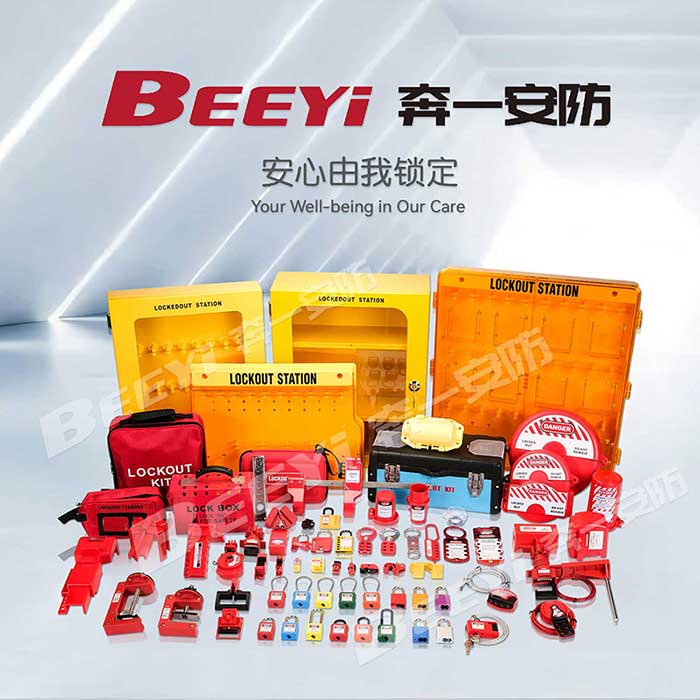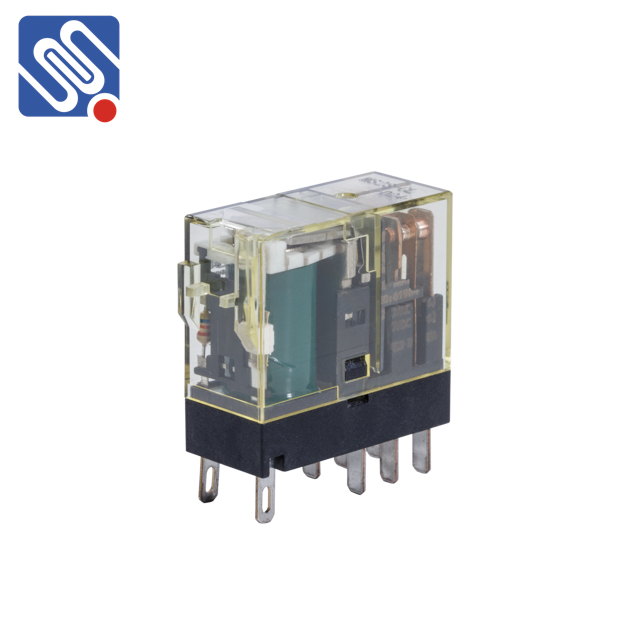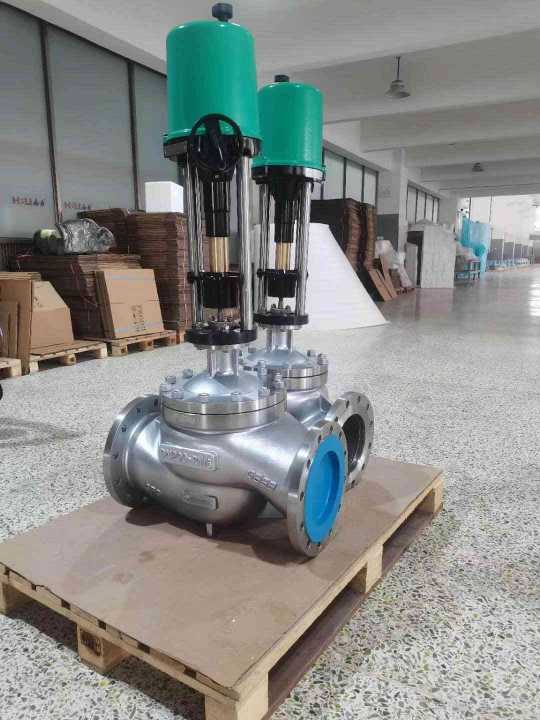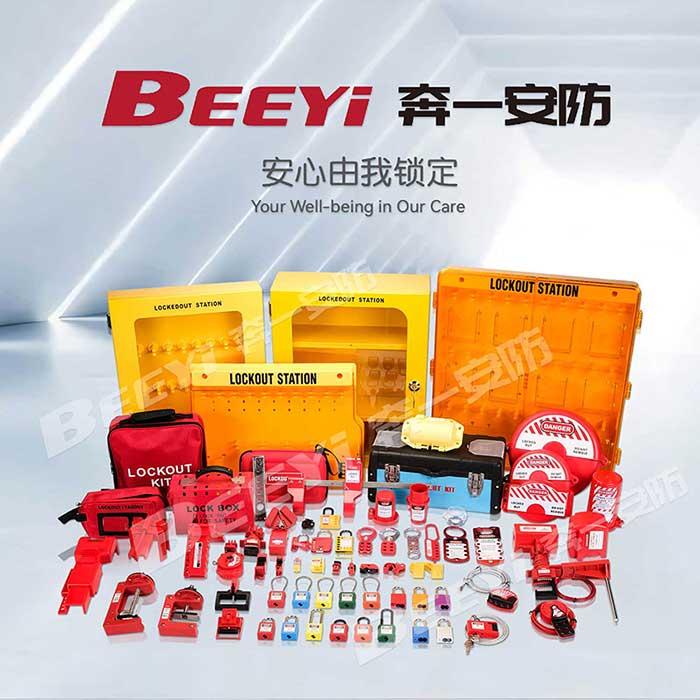In industrial settings, safety is a top priority. One critical safety measure that helps prevent accidents and injuries is the Lockout/Tagout (LOTO) procedure. Among the most important components of this safety protocol are the LOTOTO locks, which play a vital role in safeguarding workers during maintenance and repair operations. This article will explore what LOTOTO locks are, how they function, and why they are essential for maintaining a secure workplace environment.

What Are LOTOTO Locks? LOTOTO locks are physical devices used to prevent the accidental release of hazardous energy, such as electricity, pressure, or mechanical energy, during maintenance or servicing of machinery and equipment. The term “LOTO” stands for Lockout/Tagout, which refers to a set of safety procedures designed to ensure that machinery is properly shut down and cannot be accidentally started while maintenance is being performed. The term LOTOTO is a variation of LOTO, where “Try Out” is included to ensure that energy isolation has been confirmed before beginning work. While the basic LOTO procedure focuses on physically locking out equipment and tagging it to inform others that maintenance is being performed, the LOTOTO procedure includes an additional step to verify that the equipment is completely de-energized before any work begins.








